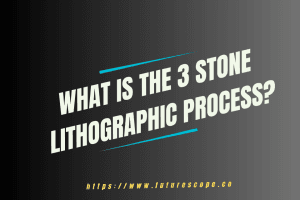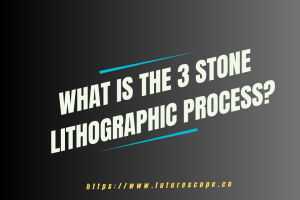Last Updated on February 17, 2017 by Editor Futurescope
From children we are taught that the continents of the Earth are America, Europe, Africa, Oceania, Asia and Antarctica. There is no single, established or official way of defining how many and which are the continents of the world. For geologists the world is divided into Africa, Antarctica, Australia, North America, South America, Eurasia (Europe and Asia united) and now, Zealandia.
Currently only New Zealand and New Caledonia are visible, representing only 5% of the surface of the new continent.
A study by the Geological Society of America confirmed the existence of a new continent: Zealand.
The group of 11 researchers from Australian and New Zealand universities has assured that Zealandia is a slab of 4.9 million square kilometers of continental crust other than Australia, which is why it should be considered as a new continent. To make such a consideration, researchers have relied on the four criteria usually used by geologists to consider a rock slab as a new continent.


However, you cannot define a portion of land as a continent until it meets the following parameters of which Zealandia meets the first three.
- The Earth that rises from the bottom of the ocean
- The diversity of three types of rocks: igneous, metamorphic and sedimentary.
- A section of bark thicker and less dense compared to the surrounding ocean floor.
- That it present well-defined limits around an area large enough to be considered of a continent rather than a continental continent.
In order to confirm the last criterion, studies are being carried out, but thanks to the satellite maps of elevation and gravity, the researchers were able to demonstrate that Zealandia is a unified region covering areas larger than India, Madagascar, New Guinea and Greenland.
Currently only New Zealand and New Caledonia are visible, representing only 5% of the surface of the new continent.
A study says New Zealand belongs to a new geological continent: Zealandia
To date, New Zealand has been integrated into the island continent of Oceania, consisting of the continental shelf of Australia, the islands of New Zealand and New Guinea and the archipelagos of Melanesia, Micronesia and Polynesia.
However, a study carried out by researchers from Australian, New Zealand and New Caledonian universities, published in the scientific journal GSA Today states that both New Zealand and New Caledonia belong to a geological continent of their own known as Zealandia.
An idea based on the theory of Bruce Luyendyk
Based on research developed in 1995 by University of California geophysicist Bruce Luyendyk, who sought to find a definition of New Zealand, New Caledonia and a collection of submerged mass pieces (he spoke about the existence of a submerged supercontinent 200 million years ago), researchers have determined that it is a seventh continent.
In the first place, scientists analyzed the soil from the bottom of the ocean and then investigated the diversity of three types of rocks (igneous, metamorphic and sedimentary). Later, a thicker, less dense section of the earth’s crust was selected to finally determine that the slab is large enough to be considered a continent and not a micro-continent.
Previous research confirmed the first three criteria. However, thanks to this recent study, researchers have explained that the new continent in which New Zealand would be integrated is larger than other continents such as Madagascar, New Guinea or Greenland, among others.
According to the study, only five percent of Zealandia is visible, (New Caledonia and New Zealand), reason why it has taken so long to distinguish itself as a new continent. That is why they say that this is a new continent almost submerged.
In this way, if approved by official geology, that continent would join North America, South America, Eurasia, Africa, Australia and Antarctica.







